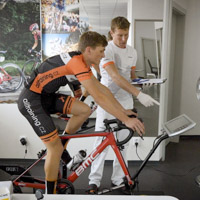
THE LACTATE TEST AND HEART RATE IN TRAINING MANAGEMENT
Every athlete should understand their body and its limits as much as possible. If our body repeatedly gets the wrong training loads, sooner or later health complications will appear. Our heart rate plays the key role here. Heart-rate values indicate the right training loads and help us meet our goals, whether we want to work on our fitness or reduce our body weight.
THE LACTATE TEST TELLS US EVERYTHING
The best way to learn about our current physical condition and body function is by taking a lactate test, which tells us how intensely we can exercise and how we should train without getting overworked.
An examination of our whole body structure is an important part of the test. This examination provides exact data about our active and passive body mass. Another important factor is our total body weight and the ratio of muscles, body fats, water, and minerals in our body – there is an ideal ratio. The body fat percentage should not exceed 20%, as this is where problems with obesity start.
The lactate test is carried out directly on a bike. Several few blood samples are gradually taken during the test. The lactate curve, which reveals how well trained the rider is, is based on how the blood acidity level rises. The higher the loading, the higher the heart rate, and the higher the blood acidity. Well-trained cyclists have a gradual heart rate rise with slow acidity growth. This is how they are able to withstand higher physical loads for longer periods of time.
LACTATE CURVE SHAPE
The most important lactate test result is the lactate curve, which can form various shapes and provides some seriously important data. A well-trained athlete has a rather bow-shaped lactate curve compared to someone who is not very fit and has a linear curve. Such a person is not able to withstand greater loads and their heart rate rises sharply in response to increased performance. The lactate and heart rate levels enable us to identify any weak points in our training. The lactate curve together with the heart rate values present the most precise method we can use to determine our physical condition and to plan the relevant training loads.
ENERGY SOURCES
The lactate test also indicates the energy sources we use at certain performance levels. Lipids and carbohydrates are the most essential energy sources. This knowledge is also crucial for indicating the heart rate zones. Cycling is an endurance sport, and we mainly focus on using the least possible amount of energy and on making the most of the energy we get from aerobic fat metabolism.
The lactate test reveals two basic break points:
- The Aerobic Threshold is to be found at 65% to 80% of your maximum heart rate. When you fall below this level, your body works in an aerobic mode and only burns fat. This zone is suitable for weight reduction and developing endurance. Our bodies are able to perform in this mode for many hours.
- The Anaerobic Threshold is at 85% to 90% of your maximum heart rate, which is reached through intense performance. You improve your overall physical condition at around this level. Carbohydrates are the fuel here. However, as our bodies cannot store sufficient carbohydrates, they get used up quickly and so we cannot operate in this mode for very long.
When we operate between these two values we are riding in the Inter-Threshold area, and our bodies get energy from both fats and carbohydrates. As the rider’s fitness improves, the Inter-Threshold area gets reduced. The ideal range comes down to 15 to 20 heart beats. A higher difference indicates that the training load is not optimized, with the rider usually lacking training in the aerobic zone.
Watch our detailed video lesson to learn more about the lactate test. It is crucial to base our training loads on current heart rate values. Therefore, the lactate test should be repeated a few times a year as the individual heart rate values change as our physical fitness progresses.
 Training, Nutrition and Recovery Next lesson
Training, Nutrition and Recovery Next lesson Getting the right training loads and bike setup
Getting the right training loads and bike setup
Previous lesson What to wear when cycling
What to wear when cycling


What to wear when cycling
Lesson 1
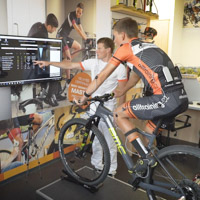
Getting the right training loads and bike setup
Lesson 3

Developing endurance
Lesson 4
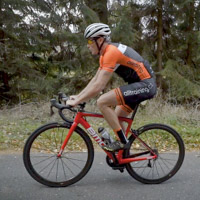
Developing strength and physical fitness
Lesson 5
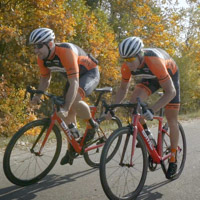
Working on speed, strength and dynamics
Lesson 6

Cyclist technical skills
Lesson 7
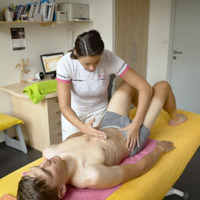
Stretching and recovery
Lesson 8
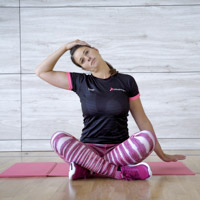
Stretching and workouts for cyclist
Lesson 9
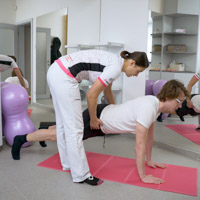
Basic workout exercises for cyclist
Lesson 10

Carbohydrates, lipids and proteins in the cyclist´s diet
Lesson 11

Fruit, vitamins and minerals in cyclist´s diet
Lesson 12
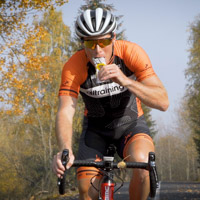
Energy supplies during performance
Lesson 13
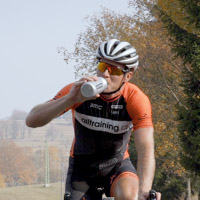
Hydration when cycling
Lesson 14

How to avoid muscle cramps
Lesson 15
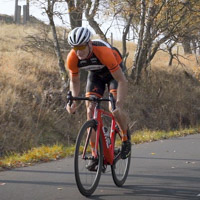
Annual cycling training plan
Lesson 16
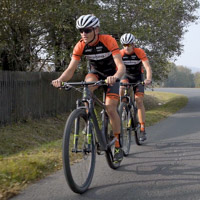
The weekly cycling training schedule
Lesson 17
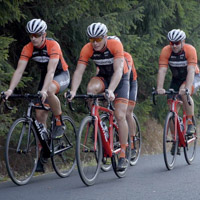
Training elements for building endurance
Lesson 18
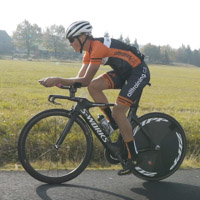
Training elements for building strength endurance
Lesson 19
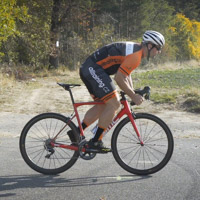
Training elements for developing speed and dynamic strength
Lesson 20








